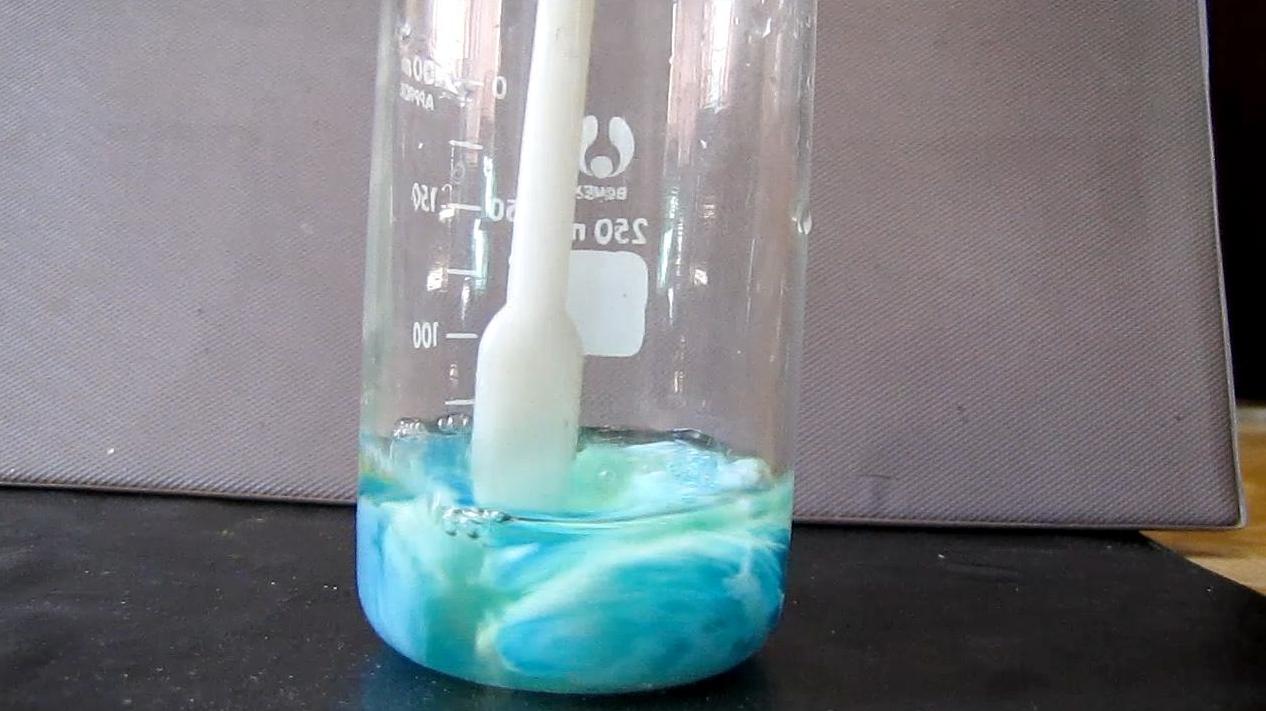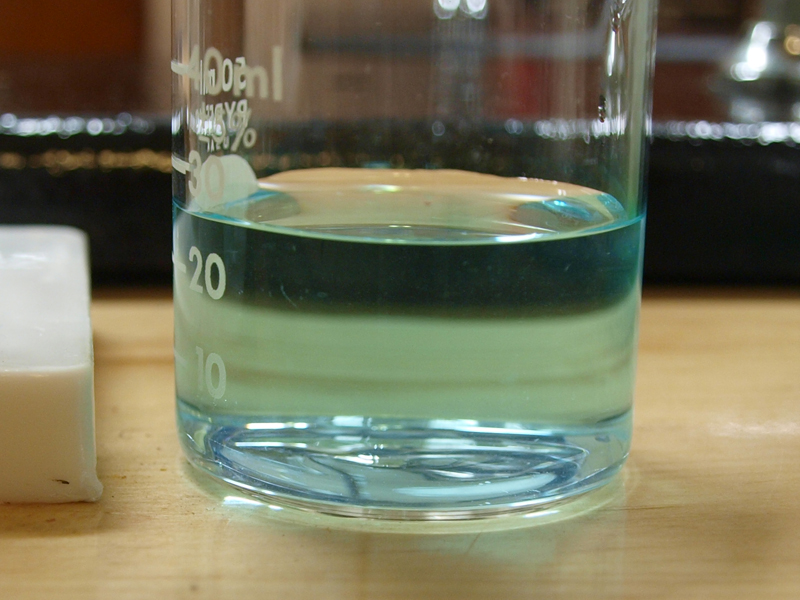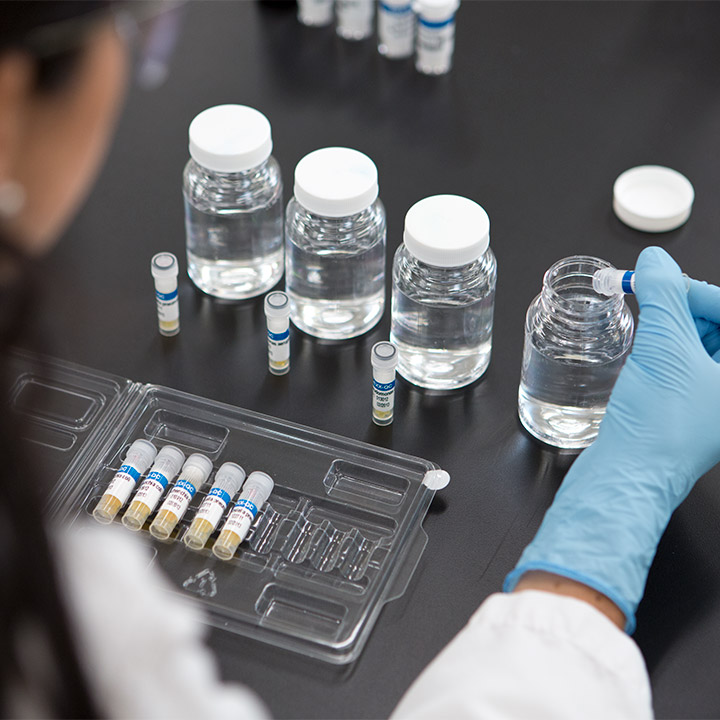Almost all phosphorus in water is in the form of phosphate. They are mainly divided into orthophosphate, comprehensive phosphate and organically bound phosphate. If the content of phosphorus in the water is too high, it will cause algae to proliferate and make the water eutrophication. Thereby reducing water quality. Therefore, total phosphorus is also one of the important parameters for daily water quality testing. At present, ammonium molybdate spectrophotometry is more commonly used.

(1) The water used to prepare reagents should be pure water.
(2) 5% potassium persulfate solution: Dissolve 5g potassium persulfate in water and dilute to 100mL pure water.
(3) Sulfuric acid: 1:1
(4) 10% ascorbic acid solution: Dissolve 10g ascorbic acid in pure water and dilute to 100mL. The solution is stored in a brown glass bottle in a cold place. If the color turns yellow, discard for reconstitution.
(5) Molybdate solution: Dissolve 13g of ammonium acid in 100mL of water. Dissolve 0.35 g potassium antimony tartrate in 100 mL pure water. Under stirring, slowly pour the ammonium molybdate solution into 300mL (1:1) sulfuric acid, and then add potassium antimony tartrate solution and mix well. The reagents are stored in brown glass bottles and can be stable for up to 2 months.
(6) Phosphate stock solution: Weigh 0.2197g of potassium dihydrogen phosphate dried for 2 hours at 110℃, dissolve it in pure water, transfer it into a 1000mL volumetric flask, add (1:1) sulfuric acid 5ml, and dilute to standard with pure water line. This solution contains 50.0μg phosphorus per milliliter.
(7) Phosphate standard solution: draw 10.00ml phosphate stock solution in a 250ml volumetric flask, dilute to the mark with pure water. This standard solution contains 2.00μg phosphorus per milliliter.
(1) Spectrophotometer.
(2) Medical portable high-pressure steam sterilizer (1~1.5kg/m3) (with pressure regulator).
(3) Colorimetric tube with stopper: 50mL, complete set of high type colorless.
(4) Gauze, string.
(5) Cuvette: 30mm optical path.
(6) Pipette: 5, 10, 50mL.
(7) Volumetric flask: 250, 1000mL
(8) Analytical balance: accuracy ±0.0001g.
(9) Wash the ear ball.

1. Preparation of working solution: draw 0, 0.50, 1.00, 3.00, 5.00, 10.0 and 15.0mL phosphate standard solution in a 50mL colorimetric tube with stopper, add pure water to the mark.
2. Color development: add 1.0 mL of 10% ascorbic acid solution to the colorimetric tube and shake well. After 30 seconds, add 2.0 mL of molybdate solution, and then shake it should be left for 15 minutes.
3. Colorimetric measurement: use a 10mm or 30mm cuvette with an optical path of 700nm and read the absorbance with pure water as a reference.
4. Drawing of working curve: Draw a working curve of total phosphorus content versus absorbance.
1. Sampling: Take an appropriate amount of the digested water sample (with no more than 30g of phosphorus), add it to a 50mL colorimetric tube, and dilute with pure water to the mark.
2. Color development: add 1.0 mL of 10% ascorbic acid solution to the colorimetric tube and shake well. Add 2.0mL molybdate solution after 30s and shake well. Leave for 15 minutes
3. Colorimetric measurement: At the wavelength of 700mm, use a 10mm or 30mm cuvette with an optical path, and use pure water as a reference to read the absorbance. Finally, the detailed parameters of total phosphorus are obtained.

1. If the room temperature is lower than 13°C, the color can be developed for 15 minutes in a water bath at 20-30°C.
2. Chromaticity will interfere with the correct reading of absorbance, and compensation and correction are required.
3. After the cuvette is used, it can be soaked in dilute nitric acid lotion for a while to remove the adsorbed molybdenum blue colored matter.
4. When the arsenic content is greater than 2.0mg/L, the sulfide content is greater than 2.0mg/L, the hexavalent chromium content is greater than 50mg/L, and the nitrite content is greater than 1mg/L, it will cause interference, and everyone should try to eliminate it.
相关推荐